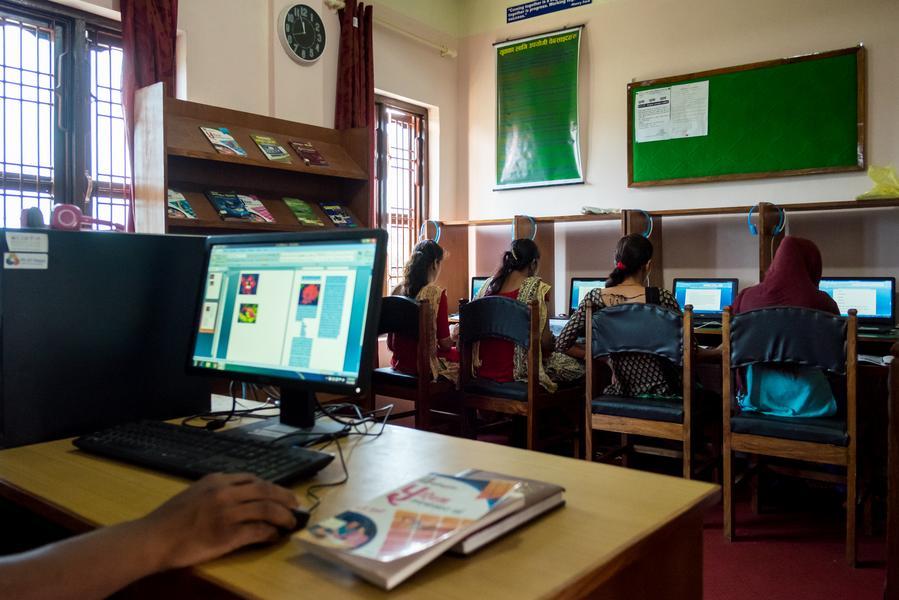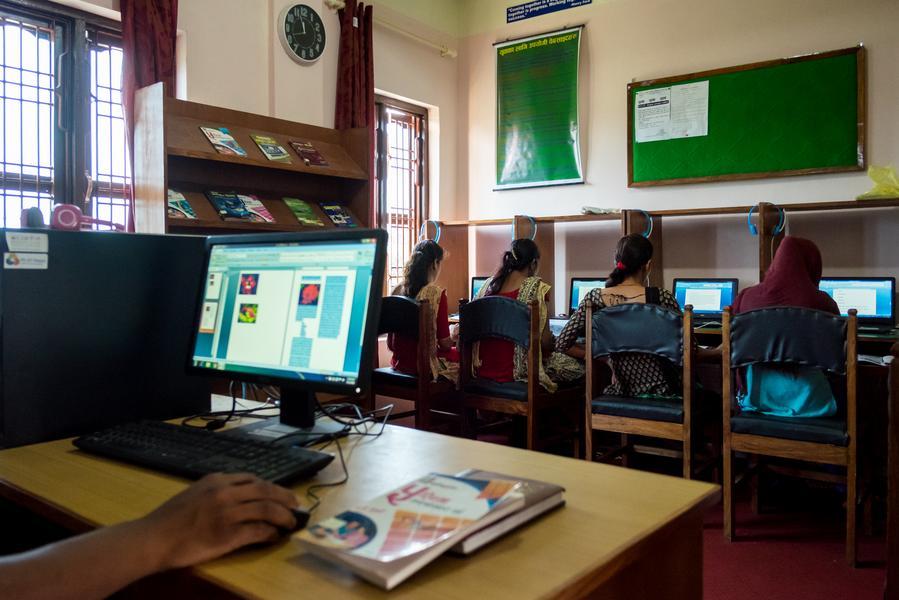Context
In Bangladesh, high poverty levels and low educational attainment limit youth employment prospects. Despite several government and non-governmental education initiatives, school dropout rates are high. As of 2015–16, nearly 10% of youth aged between 15 and 19 were unemployed, with school dropout rates reaching 20% in primary and 40% in secondary education. Underprivileged youth who drop out of school lack both proper education and practical experience to find productive employment. Many of these youth, especially from low-income families, remain trapped in informal, low-paying, or no jobs, with women particularly affected.
Solution
Launched in 2012, BRAC’s Skills Training for Advancing Resources (STAR) program equips vulnerable youth who have dropped out of school with market-relevant skills. It provides six months of structured training through a dual model: five days a week of on-the-job apprenticeships with local master craftspersons (MCPs) and one day a week of classroom-based training on trade-specific theory and soft skills such as financial literacy and communication. It targets school dropouts aged 14–18 from low-income households (monthly per capita income under BDT 3,000) who have been out of school for at least a year. BRAC field staff identify eligible youth through community outreach around their branch offices. BRAC matches trainees to trades based on preferences and local demand, offers travel stipends and job placement support, and encourages gender inclusion and support for youth with disabilities. Training covers trades like tailoring, AC/fridge repair, graphics design, and beauty services. The program has expanded nationwide through branch offices and maintains a strong presence in both urban and rural areas.
Impact
On-the-job training significantly increased labor market participation (by 31 percentage points short-term) and shifted youth into more stable, better-paid wage employment. Although the effect declined over time, long-term income gains remained positive (BDT 799/month). Combined training showed modest long-term gains but was not cost-effective. The benefit-cost ratio of 1.48 for on-the-job training suggests that STAR can be scaled sustainably, especially through its focus on linking apprentices to firms with active labour demand. The program has proven effective in helping disadvantaged youth transition out of informal, low-productivity work.












